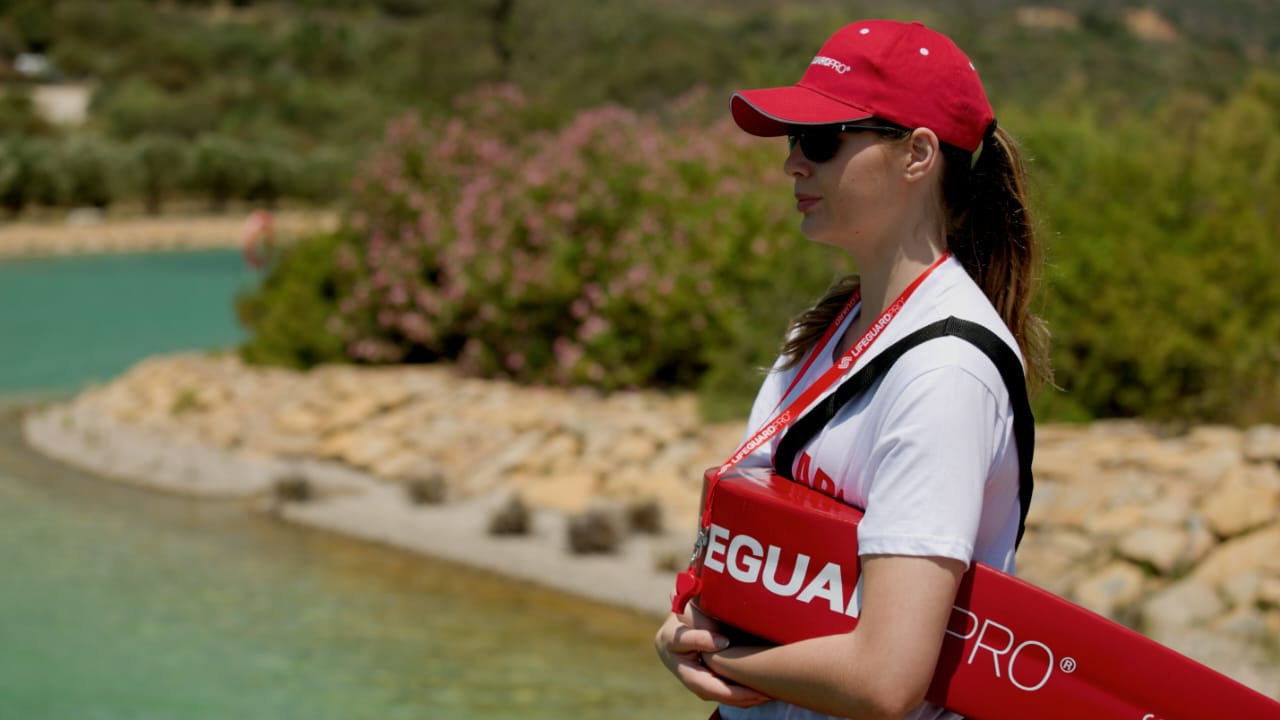Lifeguards: Everyday Heroes Saving Lives and Protecting Communities
Lifeguards are the unsung legends of beaches, pools, and waterparks. These professionals stand on the fronts of water safety, trained to answer swiftly in basic conditions, preventing mishaps and guaranteeing the safety of endless lives. With the rising popularity of sporting swimming and water activities, the role of lifeguards has never been more essential.
This article explores how lifeguards are saving lives, the thorough training they go through, and the impact they have on public safety.
The Basic Role of Lifeguards in Preventing Drownings
Water-related activities, while enjoyable, come with inherent dangers. Suffocating is a principal wellspring of inadvertent death, particularly among children and young adults. Lifeguards assume an essential part in lessening these fatalities by effectively noticing swimming districts, identifying dangers, and giving immediate mediation when accidents occur.
Trained lifeguards are skilled in identifying the early indications of distress. For example, an individual battling to keep their head above water or swimming against an ebb and flow is much of the time inconspicuous to the untrained eye. However, lifeguards are trained to detect these unpretentious markers and respond quickly, limiting the time a swimmer is in danger. Their brief response significantly expands the possibilities of a positive outcome, frequently preventing a minor occurrence from transforming into a life-compromising emergency.
Rigorous Training: Something beyond Swimming Skills
Becoming a lifeguard requires considerably more than being an excellent swimmer. Lifeguards go through extensive training programs to furnish them with the information and skills important to deal with a great many emergencies. American lifeguard classes are designed to show life-saving techniques, like CPR, first aid, and the utilization of automated external defibrillators (AEDs). These classes stress quick decision-making, initiative, and calmness under tension.
Lifeguard classes near me, for instance, frequently include recreated rescues where learners should exhibit their capacity to deal with genuine situations. From safeguarding suffocating victims to giving consideration to spinal injuries, lifeguards are ready for different basic circumstances. Also, their training remembers lessons for water safety education, ensuring they can prevent incidents before they heighten. These classes are essential for keeping up with high standards of safety at public swimming scenes and recreational regions.
The Science of Supervision: Why Vigilance is Vital
Lifeguards don’t just wait around the water; their role requires steady vigilance. The “10/20” rule is in many cases utilized in lifeguard training, which expects lifeguards to check their assigned region like clockwork and have the option to arrive at a distressed swimmer in 20 seconds or less. This level of mindfulness can mean the difference among life and death.
Supervision techniques additionally remember understanding human way of behaving for and around water. Lifeguards are trained to perceive risky ways of behaving, like making a plunge shallow waters or swimming after polishing off liquor, and intercede before these activities lead to accidents. By keeping a definitive presence, lifeguards can effectively prevent accidents by tending to dangerous ways of behaving before they become emergencies.
Lifeguards’ Impact on Public Health and Safety
Past saving lives, lifeguards add to public health and safety in numerous ways. Their presence diminishes the risk of suffocating, yet they likewise moderate injuries brought about by slips, falls, and different accidents around water. Pools, beaches, and waterparks with lifeguards are significantly safer, permitting families to enjoy their time realizing someone is looking after them.
Also, lifeguards are trained to respond to medical emergencies that may not be water-related. Heat strokes, heart failures, and, surprisingly, broken bones are normal events in open air recreational regions. Lifeguards’ training in first aid and emergency response empowers them to act quickly and give life-saving consideration until professional medical assistance shows up.
Their presence likewise makes an environment of safety that urges individuals to partake in physical activities, for example, swimming, which is gainful for health and well-being. Swimming is an excellent cardiovascular exercise that advances mental and physical fitness, and the confirmation of safety from lifeguards makes these activities more available to the overall population.
Constant Professional Development: Lifeguards Stay Ready
To keep up with their certification, lifeguards should routinely take part in supplemental classes and recertification programs. These programs guarantee that lifeguards keep awake to-date on the most recent life-saving techniques and water safety practices. ALA lifeguard classes and certification offer these recertification opportunities, permitting lifeguards to level up their abilities and remain ready for emergencies.
Ceaseless professional development is vital for lifeguards, as water safety techniques advance and new risks emerge. By remaining current with their training, lifeguards guarantee that they are consistently prepared to deal with even the most difficult circumstances.
The American Lifeguard Association: Lifting Lifeguard Training Guidelines
The American Lifeguard Association (ALA) remains as a main organization committed to propelling water safety and lifesaving skills. ALA plays had a vital impact in laying out thorough training guidelines for lifeguards cross country, guaranteeing they are completely ready to deal with the requesting liabilities of their profession. Through certification programs and dynamic support for water safety, the ALA keeps on being essential in preventing drownings and enhancing public safety.
In conclusion, lifeguards are essential defenders of public health and safety. Through rigorous training, steady vigilance, and persistent professional development, they save lives and prevent accidents day to day. As additional people search out lifeguard classes to join this honorable profession, organizations like the American Lifeguard Association are ensuring that lifeguards are furnished with the skills expected to guard communities, one rescue at a time













Post Comment